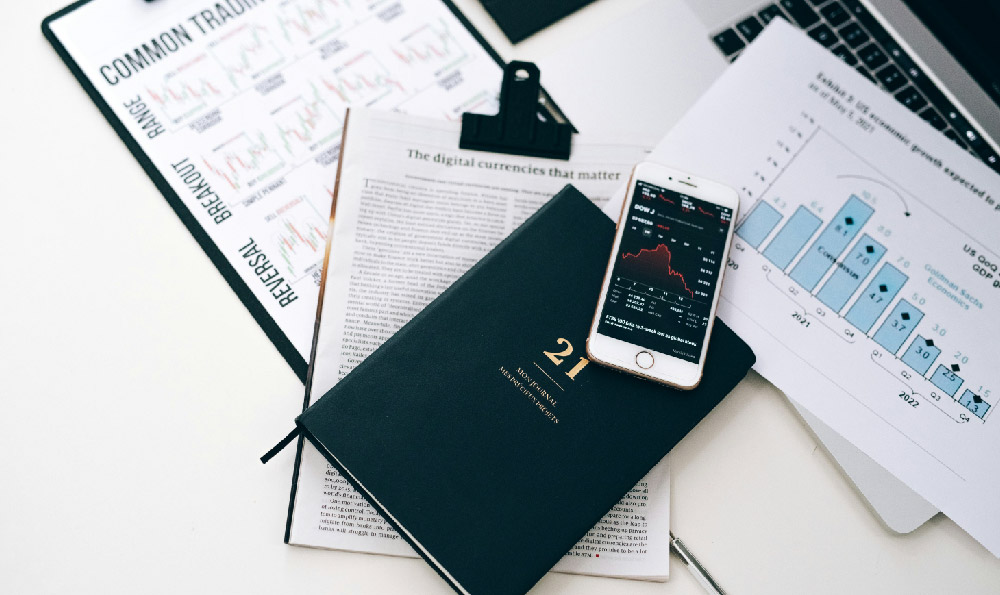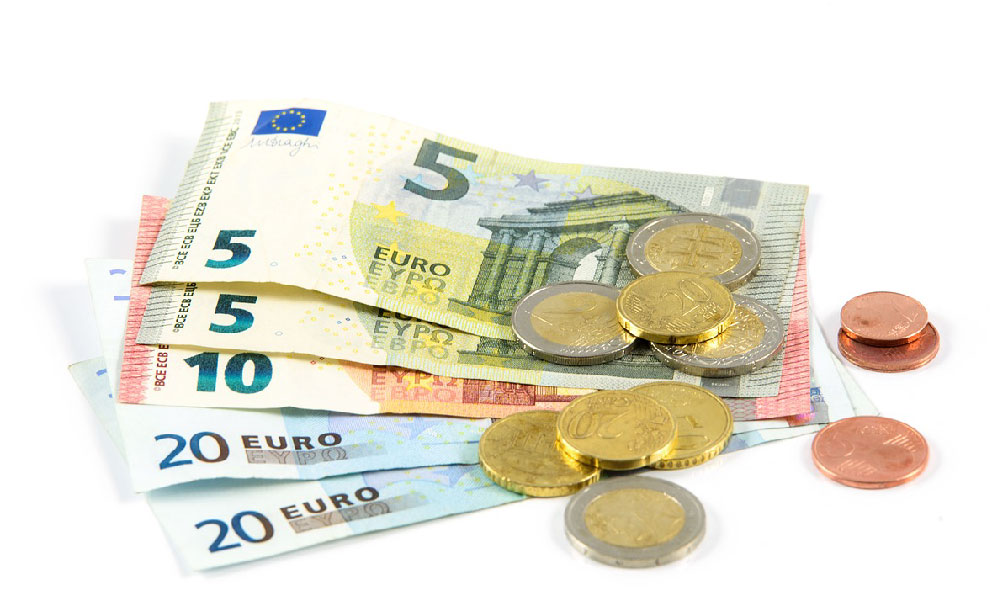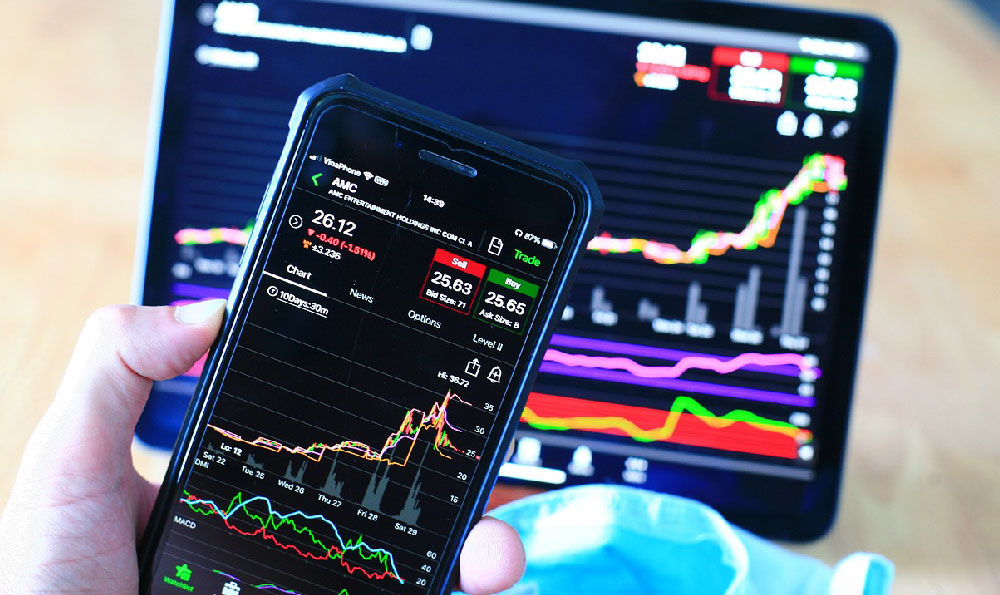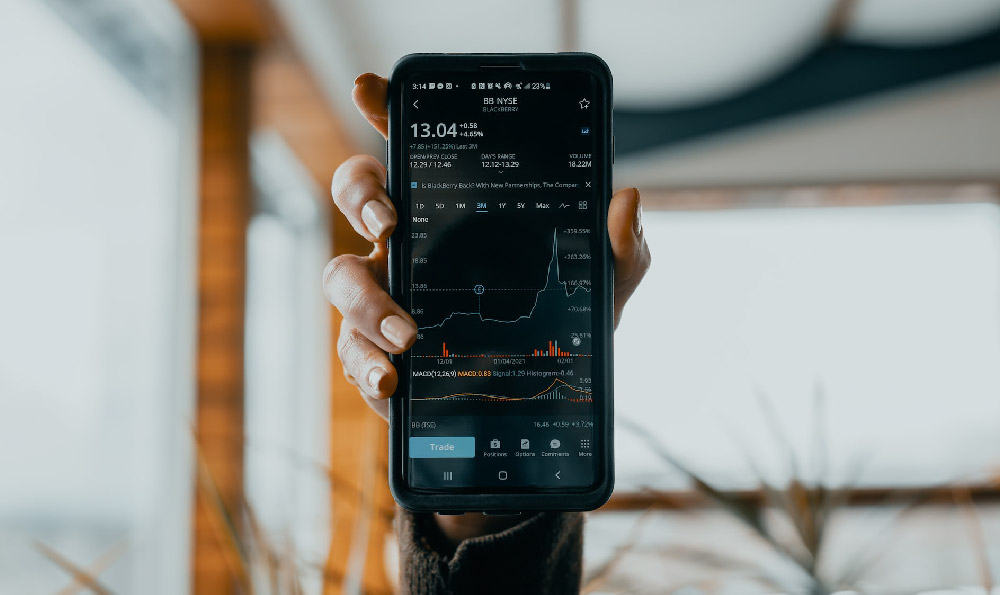How to Make a Money Shirt with Multiple Bills: A DIY Project or a Waste of Cash?
Creating a money shirt out of real currency bills is certainly an intriguing idea, sparking curiosity and debate about its artistic merit, practicality, and the underlying financial implications. At first glance, it might seem like a fun and attention-grabbing DIY project, a way to showcase creativity and perhaps even make a bold fashion statement. However, a deeper examination reveals several considerations that one must weigh before embarking on such an endeavor. Is it a responsible use of one's financial resources, or does it fall into the realm of frivolous spending? And what are the potential risks and benefits of transforming legal tender into wearable art?
The allure of a money shirt lies in its novelty. It's undeniably unique and would undoubtedly turn heads. Imagine wearing a shirt constructed entirely from crisp dollar bills, a walking symbol of wealth (or at least, the appearance of wealth). This could be appealing for events, performances, or even as a conversation starter. The construction itself could be a creative outlet, a hands-on project that demands patience and attention to detail. The aesthetic appeal, however subjective, is undeniable for some. The intricate patterns formed by the bills, the play of light and shadow on the paper, and the sheer audacity of the design could be considered artistic.
Despite the surface-level appeal, numerous practical and ethical questions arise. The most immediate concern is the sheer cost involved. Even a relatively simple shirt would require a significant number of bills, potentially hundreds or even thousands of dollars depending on the desired coverage and complexity. Is this the most sensible use of that money? Could it be better allocated towards more productive investments, savings, or even charitable donations? The opportunity cost alone is a significant factor to consider.

Furthermore, the durability and practicality of a money shirt are questionable. Paper money is not designed for wear and tear. It's susceptible to ripping, tearing, and fading, especially when subjected to the stresses of movement and handling. The shirt would likely be incredibly delicate and require meticulous care, rendering it impractical for everyday use. Even wearing it for a short period could result in damage, devaluing the shirt and potentially rendering the bills unusable as legal tender.
The legality of defacing or altering currency is another crucial aspect to consider. While it's generally permissible to write on or fold money, intentional destruction or alteration that renders it unfit for circulation is often frowned upon and, in some cases, could even be considered illegal. While constructing a shirt likely wouldn't meet the threshold for illegal destruction, the potential for inadvertently damaging the bills and making them unusable is high.
Beyond the practical and legal concerns, there are also ethical considerations. Is it responsible to flaunt wealth, even symbolically, in a world where many struggle to make ends meet? The money shirt could be perceived as insensitive or even offensive, particularly in contexts where poverty and financial hardship are prevalent. The message it sends is ambiguous at best and could easily be interpreted as a display of extravagance and indifference.
From a financial perspective, the money shirt represents a significant depreciation of asset value. The bills, as currency, hold a certain value that can be used for transactions, investments, or savings. Transforming them into a shirt essentially locks up that value in a non-liquid, non-appreciating asset. The shirt cannot be easily sold for its face value, and the depreciation due to wear and tear further reduces its worth. It's essentially taking a functional asset and turning it into a potentially fragile and impractical art piece.
Before embarking on this project, it's crucial to explore alternative options that achieve a similar aesthetic without sacrificing financial responsibility. Consider creating a shirt using replicas of dollar bills. This would allow you to achieve the desired visual effect without wasting real money. You could also explore fabric printing techniques to create a money-themed pattern on a regular shirt. This would be a much more durable and practical option, and it would avoid the ethical concerns associated with using real currency.
In conclusion, while the idea of a money shirt is undeniably intriguing, a thorough analysis reveals several significant drawbacks. The high cost, the questionable durability, the potential legal and ethical concerns, and the financial implications all outweigh the novelty and aesthetic appeal. Before cutting and pasting your hard earned cash, perhaps consider it more beneficial to put that money into investments, like a high yield savings account, or other investment opportunities like stocks or bonds. Better yet, consult a financial advisor, who can help you develop a financial plan, suited to your needs. Ultimately, the decision of whether to create a money shirt is a personal one, but it's essential to make an informed decision based on a careful assessment of the risks and benefits. In most cases, the money would be better spent on more practical and responsible endeavors, unless you consider it purely for artistic purposes, and are fully comfortable with the fact that you are likely destroying the value of your money. The money shirt is a fascinating concept, but a questionable financial decision.















